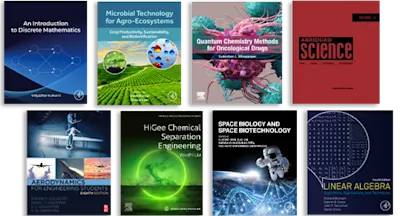
Optimizing Academic Library Services in the Digital Milieu
Digital Devices and their Emerging Trends
- 1st Edition - September 30, 2013
- Latest edition
- Author: Brendan Ryan
- Language: English
The digital is the new milieu in which academic libraries must serve their patrons; but how best to utilize the slew of digital devices and their surrounding trends? Optimizing… Read more

- Presents a contemporary view on DRM and fair use for librarians in the context of contemporary technology
- Addresses file standards in relation to devices in libraries
- Demonstrates ways that librarians can support and engage students using emerging digital technologies
List of abbreviations
Acknowledgments
Preface
About the author
Part 1: Rights
Introduction
Chapter 1: Copyright basics
Abstract:
Public domain
Fair use
What is copyrightable?
Chapter 2: Digital rights management and the Digital Millennium Copyright Act
Abstract:
Digital Millennium Copyright Act
TPMs and fair use
Encryption and tethering
Soft-use measures
Chapter 3: Types of digital content
Abstract:
Internet
Databases
eBooks
Chapter 4: Best practices regarding copyrights and digital content
Abstract:
General best practices
Chapter 5: Challenges to fair use
Abstract:
Preservation
Compromises and fair use
Binary nature of code
P2P
Platform limiting
Possibilities
Part 2: Formats
Introduction
Chapter 6: Three components of eBooks
Abstract:
Container
ePub
Content
Context
What is the cloud?
eBooks v. the browser stack
Chapter 7: Creating eBooks
Abstract:
The browser stack
XML
HTML5
Maturation of the browser stack
Popular tools
Chapter 8: Touchscreen devices and apps
Abstract:
Introduction
iOS
Windows 8
Apps
Conclusion
Part 3: Vibrancy
Introduction
Chapter 9: Publishing support
Abstract:
Economic landscape
Aggregation
DIY publishing support
Chapter 10: Academic support with digital content
Abstract:
Patron desires and use of eContent
Evolution of scholarship
Chapter 11: Conclusion
Glossary
Bibliography
Index
- Edition: 1
- Latest edition
- Published: September 30, 2013
- Language: English
BR